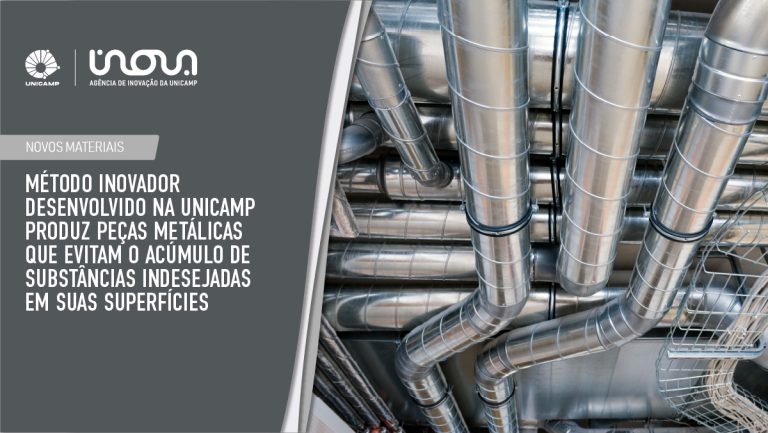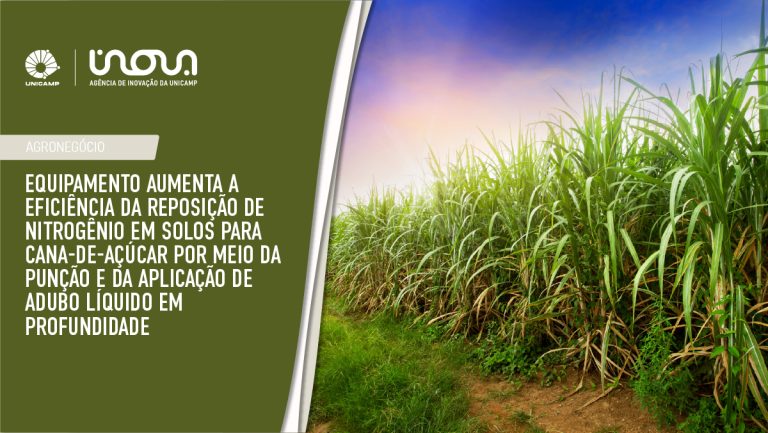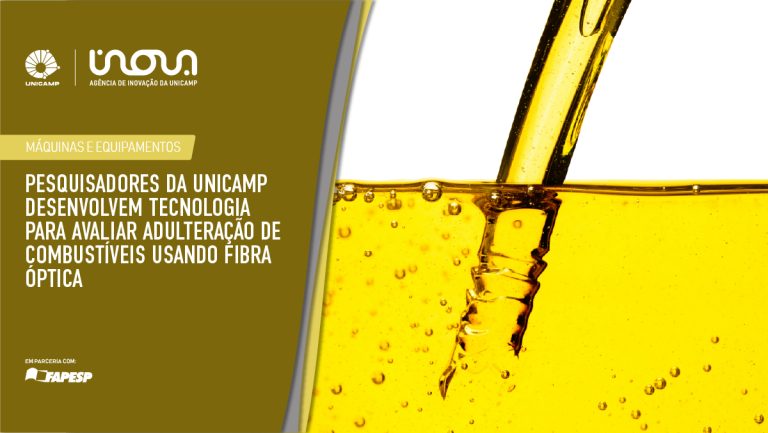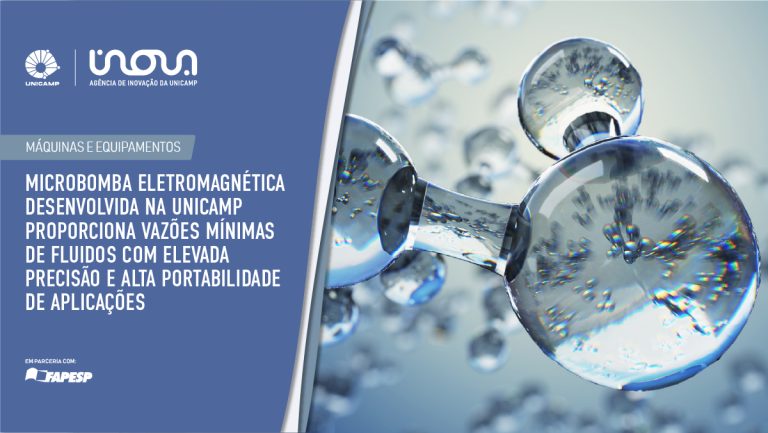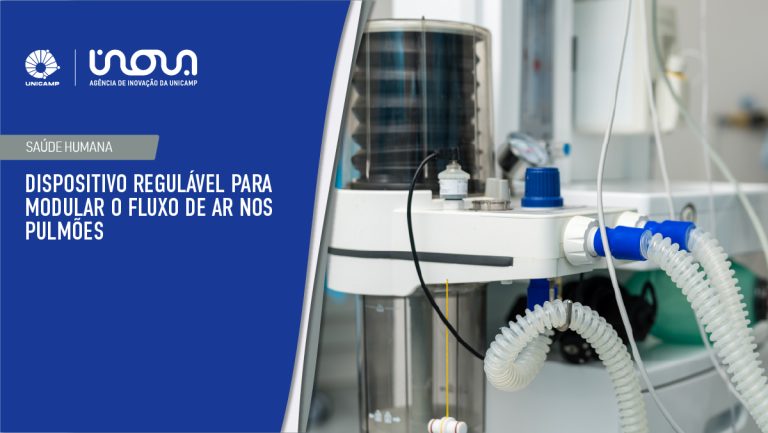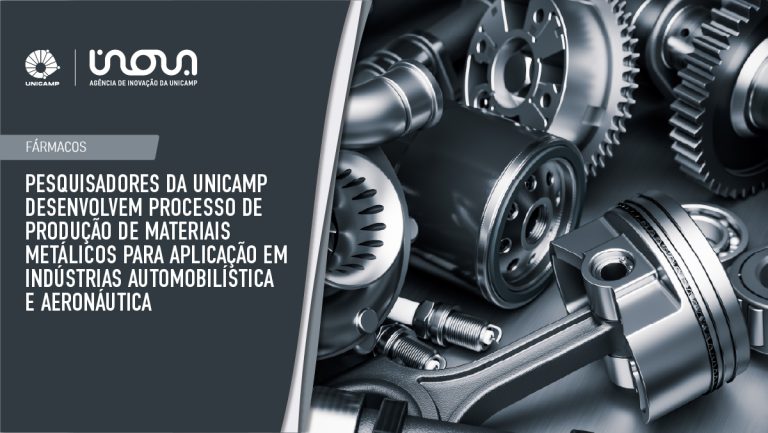Method of obtaining nanocellulose fibers used in textiles, cosmetic products and thermal paper, involves selecting raw material rich in cellulose in feedstock and extracting fibers from feedstock by using immersion in water
NOVELTY – Obtaining nanocellulose fibers involves selecting a raw material rich in cellulose in an feedstock and extracting fibers from the feedstock by using immersion in water. The fiber is cleaned by using a solution. The solution comprises a saponification agent, a nonionic detergent, hydrogen peroxide and sodium metasilicate. The materials are heated at 80 degrees C for 15 minutes and the fiber is whashed with warm water and then with cold water. The treated fiber is neutralized by an acidic solution of 1% acetic acid, and then enzymatic hydrolysis and sonication are performed. USE – Method of obtaining nanocellulose fibers used in textiles, cosmetic products, thermal paper and filter for capturing viruses and bacteria (claimed). ADVANTAGE – The method enables to obtain nanocellulose fibers having high-strength.
Main Application Field
D16 (Fermentation industry – including fermentation equipment, brewing, yeast production, production of pharmaceuticals and other chemicals by fermentation, microbiology, production of vaccines and antibodies, cell and tissue culture and genetic engineering.); F01 (Threads and fibres – natural or artificial; spinning – including the production of mineral and carbon fibres (D01).); D21 (Preparations for dental or toilet purposes – including filling alloys, compositions for dentures or dental impressions, anti-caries chewing gum, plaque disclosing compositions, toothpastes, cosmetics, shampoos, topical anti-sunburn compositions and toilet soaps (A61K).); F09 (Paper-making production of cellulose, chemical treatment of wood – including chipboard and fibre-board (D21).)
INVENTORS:
BITTENCOURT EDISON
CAMARGO MARCELO DE
393_CELULOSE
Patent number: BR201006335-A2
PATENT STATUS:
For information contact Inova Unicamp
FOR ADDITIONAL INFORMATION:
parcerias@inova.unicamp.br
+55 (19) 3521-5207 / 2607
This technology profile has been automatically generated.



